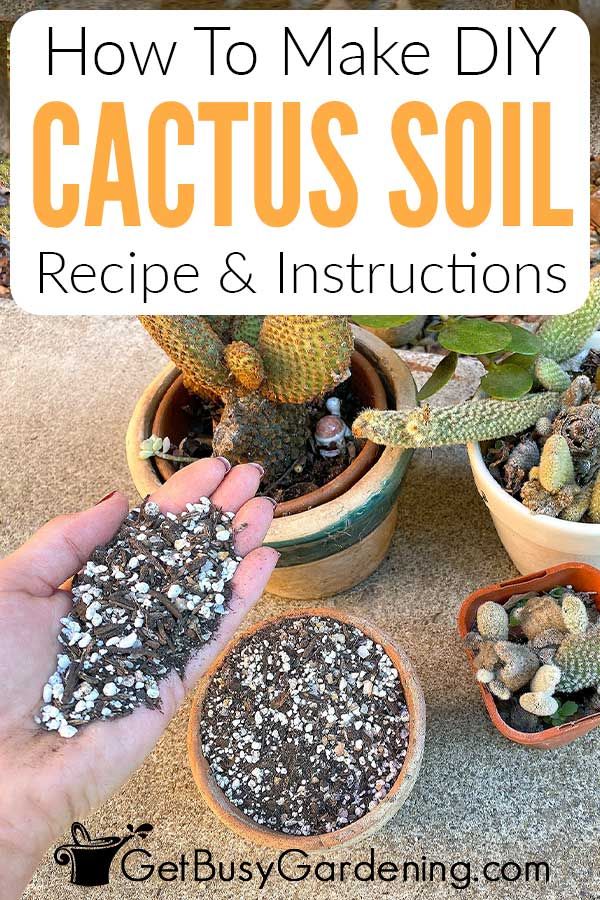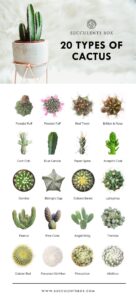Creating the right potting soil mix is paramount for the successful cultivation of cacti. Unlike conventional plants, cacti have evolved to thrive in arid environments, necessitating specific soil attributes that promote drainage and aeration. This article will explore a cactus potting soil recipe that optimally caters to these needs, ensuring your spiky companions enjoy a prosperous life.
Understanding the requirements of cacti is the foundation of crafting an effective potting mix. Soil should mimic natural arid habitats, allowing moisture retention without the risk of waterlogged roots. The following guide presents key components, methodologies, and valuable tips to cultivate a thriving cactus potting soil recipe.
Essential Components of Cactus Potting Soil
The first step in concocting your cactus potting mix is gathering the appropriate components. The ideal blend should consist of materials that provide excellent drainage, aeration, and a slight degree of moisture retention. Here are essential ingredients to consider:
1. Coarse Sand: A crucial element in any cactus mix, coarse sand facilitates drainage while providing structure. Avoid using fine sand, which can compact easily and hinder water flow.
2. Perlite: This lightweight volcanic glass is instrumental in promoting aeration. Its porous structure allows for excellent airflow to the roots while preventing the soil from becoming overly dense.
3. Pumice: Often overlooked, pumice is another volcanic material that not only retains moisture but also improves aeration. When mixed, pumice enhances the texture of the potting mix and supports root development without compromising drainage.
4. Peat Moss: Although traditionally used in standard potting mixes for moisture retention, a small amount of peat moss can be incorporated to provide some nutrient content. Be cautious with the quantity, as too much can lead to excess moisture retention.
5. Coconut Coir: An excellent alternative to peat moss, coconut coir is sustainable and biodegradable. It retains moisture and provides aeration without the drawbacks associated with peat.
Having these foundational components will allow you to create a blend that supports cactus health from the ground up.
Crafting Your Perfect Cactus Potting Mix
With the essential elements at hand, it is time to combine them to forge an effective potting mix. The combination ratios will depend on the specific needs of the cacti you are cultivating. Below is an adaptable recipe that caters to a wide array of cactus species:
Basic Cactus Potting Mix Recipe:
- 2 parts coarse sand
- 1 part perlite
- 1 part pumice
- 1 part peat moss or coconut coir
Mix these components in a large container until they are well integrated. The result should yield a light, crumbly mixture that allows for free drainage and aeration.
For specific cactus types, consider adjusting the formula. For instance, desert-dwelling cacti, such as prickly pears or saguaro, may thrive with increased sand ratios, while tropical succulents might benefit from a bit more organic matter.
Adapting to Individual Cactus Needs
While the basic recipe provides a reliable foundation, cacti are a diverse group with varying requirements. Understanding the specific preferences of each species can further refine your potting mix. Here are some insights:
Desert Cacti: These cacti are adapted to extremely dry conditions and typically possess deeper root systems. Increase the proportion of sand in their mix to ensure rapid drainage. An additional component, like gravel, can also be incorporated for enhanced drainage.
Tropical Cacti: Species such as the Christmas Cactus enjoy a bit more moisture than their desert-dwelling cousins. To cater to their needs, consider reducing the sand and increasing the amount of peat or coir in the mix slightly while still ensuring good drainage.
Hybrid and Specialty Cacti: For unique hybrids or specific species, performing a little research can illuminate particular soil requirements. Testing the mix on a small scale before applying it to your entire collection can prevent potential disasters.
Expert Tips for Optimal Cactus Care
Preparing the perfect potting mix is just a part of ensuring your cactus flourishes. Here are additional tips to enhance your cactus-care regimen:
Pot Selection: Choose pots with drainage holes to prevent water accumulation. Terracotta pots are ideal as they allow for air exchange and wick moisture away from the roots.
Watering Practices: After potting, water the cactus thoroughly and let it dry out completely before watering again. This cycle mimics natural rainfall conditions in their native habitats.
Fertilization: While cacti require minimal nutrients, a diluted cactus fertilizer during the growing season can bolster their development. Avoid fertilization during dormancy in the winter months.
In conclusion, crafting a suitable cactus potting soil recipe is an essential practice for every cactus enthusiast. By utilizing the right components and understanding the unique needs of various cacti, you can foster an environment that encourages growth and vibrant health. Remember, each species holds its distinct charm, and with the right care and attention, your cacti can thrive spectacularly.





Leave a Comment